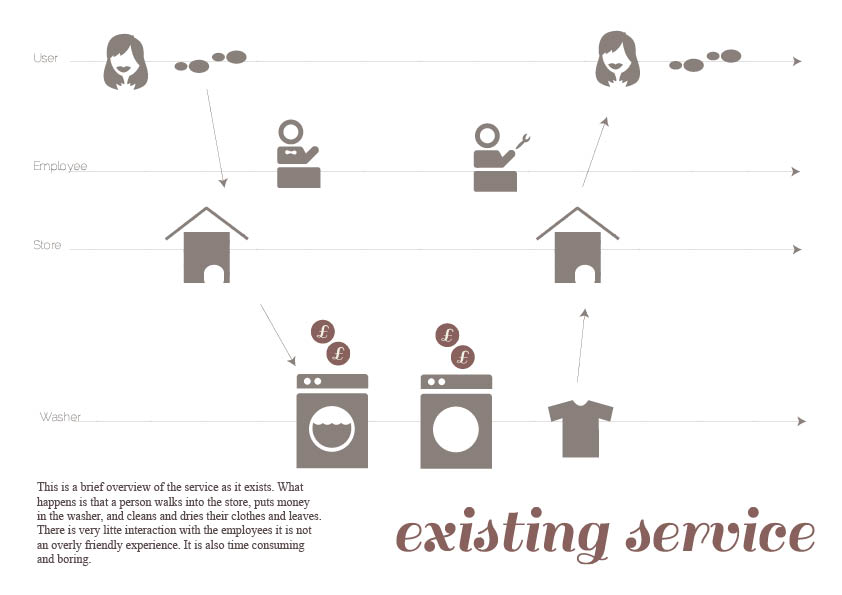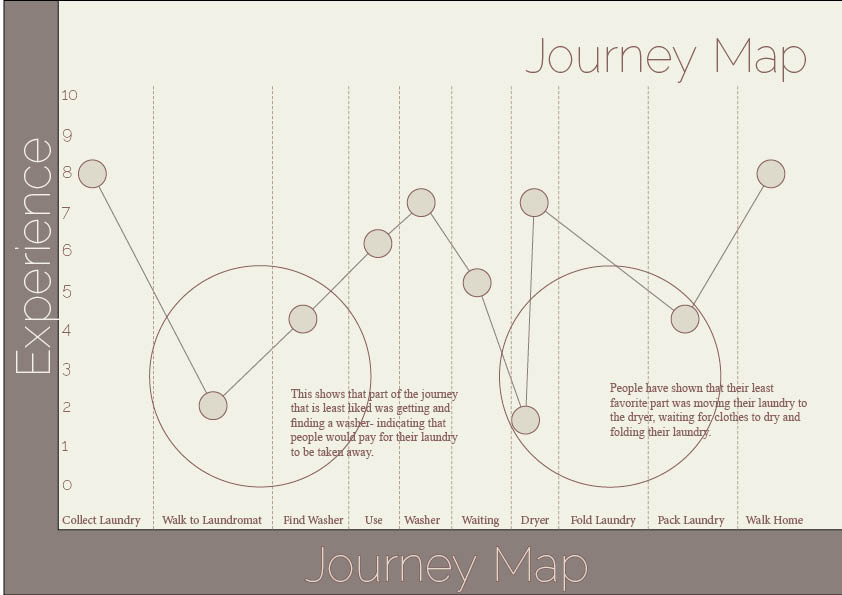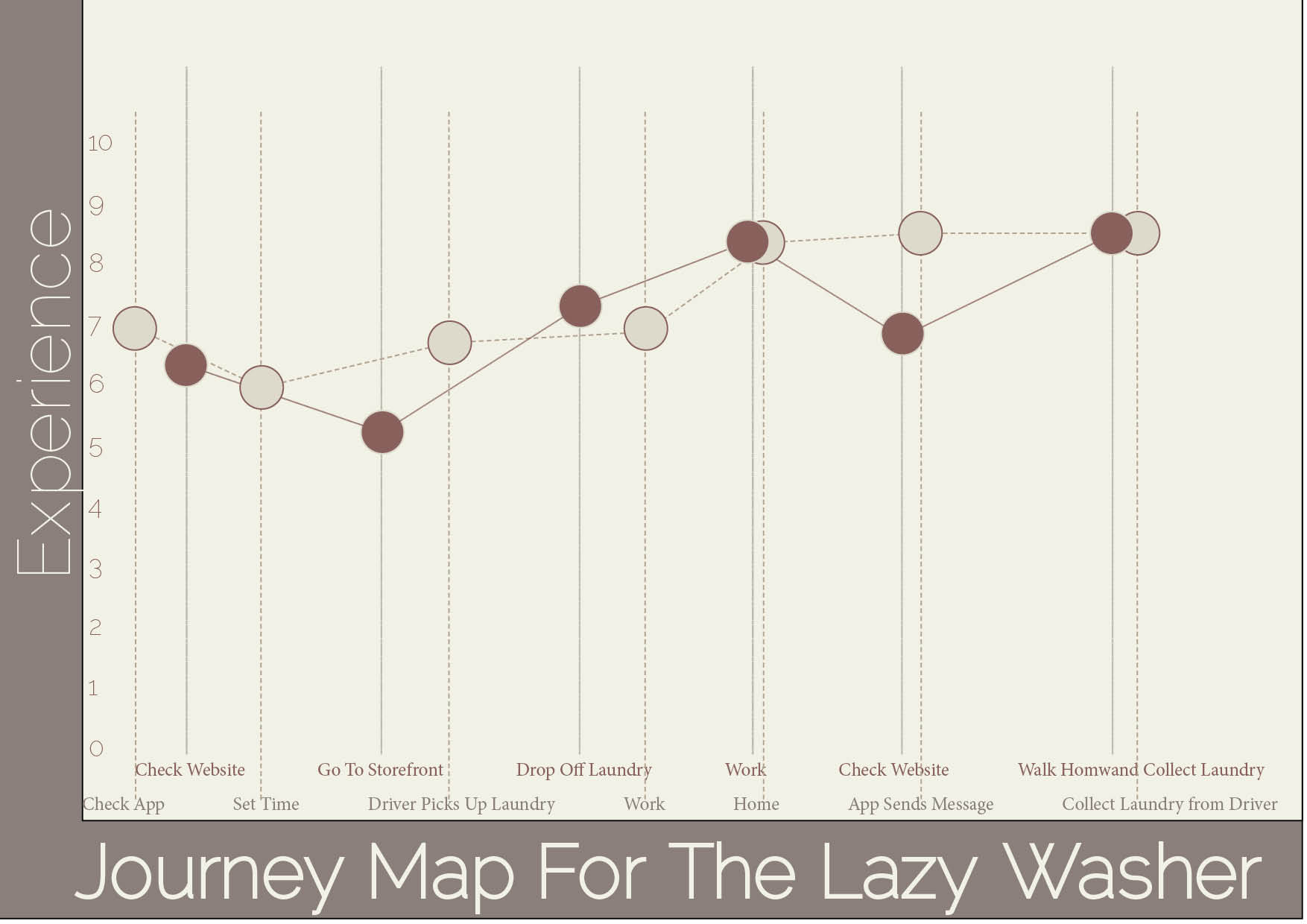The Brief: This project will look at access to food in urban areas through the lens of 'environmental design.' This researches how people of low-income status access produce within cities. Design opportunities were found to increase access and buying habits for fresh fruit and vegetables in urban settings.
Starting Questions: How does access to food affect urban areas? Are peoples buying and eating habits affected by access?
What is the food environment in Glasgow?
Here is an overview of the food environments within Glasgow.
Research & Strategy:
Desk Research
Volunteering at a community garden
‘Local food’ Workshops
Informal Street Interviews
Formal Interviews
Cultural Prove
Empathic Research
Observations
Through the design process, I discovered a few valuable insights.
- Within urban areas, there is an underappreciated infrastructure of the corner shop or convenience store that many people rely on for food.
- When people purchase food out of the home that is when food becomes unhealthy.
- Buying food tends to happen to the closest store.
This lead me to research convenience store and unearthing their potential.
Using 'The Plant Union' in a corner shop.
Moving produce from people to stores via website.
Using mobile application to find "The Plant Union" in your local corner shop and seeing what is available.






















